

Suunto Blog
Take a dive down memory lane
Since the launch of the SuuntoDive Paradise contest, divers from all over the world have been eagerly sharing images and videos of their most memorable diving moments. The submissions are incredibly diverse, and capture the sheer variety of adventure experienced on each and every dive.
It’s no surprise that underwater wildlife, especially encounters with turtles or dolphins, are regarded as some of the most precious memories. The great news is that the grand prize of the SuuntoDive Paradise contest is an exclusive dive trip to the Maldives, so pristine waters and plenty of underwater creatures can be expected!
Here are some of the submissions so far…
Kathryn Mooers decided to go for a spin during her first night dive in the Cayman islands, while Bradley Raoul was joined by a friendly stingray he named “Frisbee“ on his snorkeling tour at Coral Gardens, also at the Cayman islands. Miriam Payne shared the moment her husband proposed to her 20 meters underwater in Keri. Peter Brown said that his most memorable dive experience was introducing his 12-year-old son to diving. For Jenny Cheng, it was encountering her first humpback whale in Tonga. Michael Hartman’s favorite photo was shot in Stingray City, and Dee Aramis shows that you can have a fun time playing with volcanic hot spring bubbles in Weh Island, Indonesia.
As for video submissions, Emily Pasco shows us what the Maldivian underwater world can offer, and user “bluespeed“ showcases diving at Liberty Wreck, a transport ship that once was beached on the island of Bali, but moved off the beach by a volcanic eruption which turned it into a popular dive site.
There’s still time to enter the contest and win your ticket to the Maldives! Enter the contest HERE, submissions are open only until December 8th.
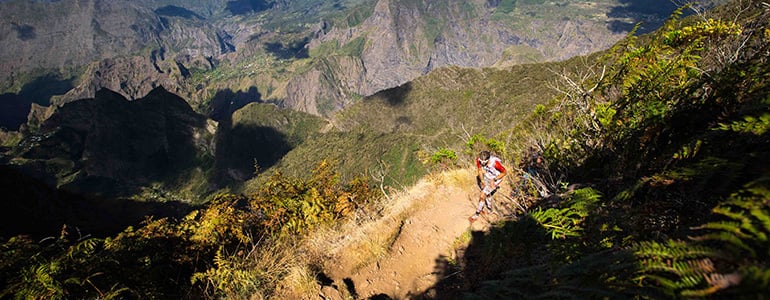
Is this the “craziest” Suunto Movie yet?
The Grand Raid de la Réunion, also known as the Diagonale des Fous (the course of crazies) is considered one of the toughest ultras in the world – with good reason. It's 172 km with 9,000 m of ascent. This year the race was won by Salomon athlete François D’Haene.
He recorded the race with his Suunto Ambit3 Peak and the results can be seen via his Suunto Movie, below.
Naturally, we think François' movie is so impressive it has to be shared, as it follows his progress for 24 hours as he crosses the island. The result itself is also impressive, being the third major ultra win for François this year after he won the Ultra-Trail Mount Fuji and Ultra-Trail du Mont-Blanc.
The Diagonale took place in October in wet conditions. He completed it in just 24:25:02 hours, making it the second year in a row he’s come out top.
François D’Haene during the 2014 Diagonale des Fous.
The Diagonale des Fous gets its name from the route it takes – roughly diagonally across the island – and is so difficult it’s considered ‘fit for fools’. This year, it had to be re-routed around a landslide making it nine kilometers longer. It’s the final stop of the Ultra-Trail World Tour and attracts top-end runners looking for adventure on a far-off, island. Suunto ambassador Kilian Jornet, who did not take part this year, is a previous winner.
All images © Franck Oddoux
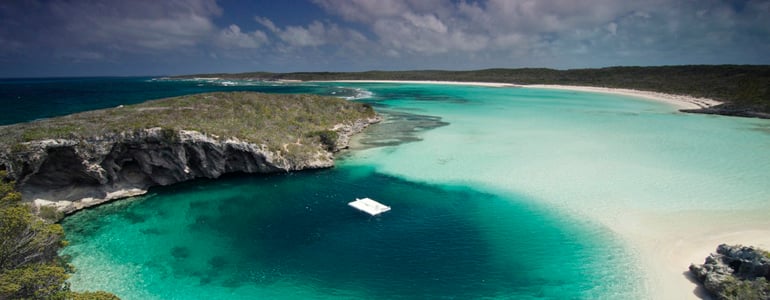
Record breaking first day at Suunto Vertical Blue
On just the first day of Suunto Vertical Blue seven freediving records were set!
Here is a peek at the South American record set by Carlos Coste of Venezuela (64m CNF), along with national records by Mateusz Malina of Poland (113m FIM), and Samo Jeranko of Slovenia (102m CWT). Enjoy!
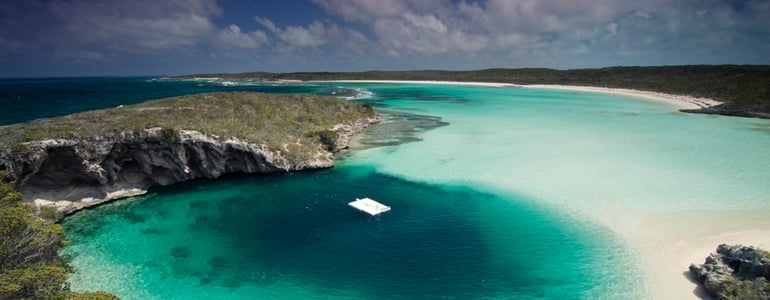
Prepare for records to fall...
Today is day 1 of Suunto Vertical Blue and it looks like it's going to kick off in style. There will be 11 national record attempts with an average depth of 71 meters!!! The day should end with some huge annoucements, says organizer Will Trubridge. For the latest results, check out the official event Facebook page. In the meantime, enjoy the video below.
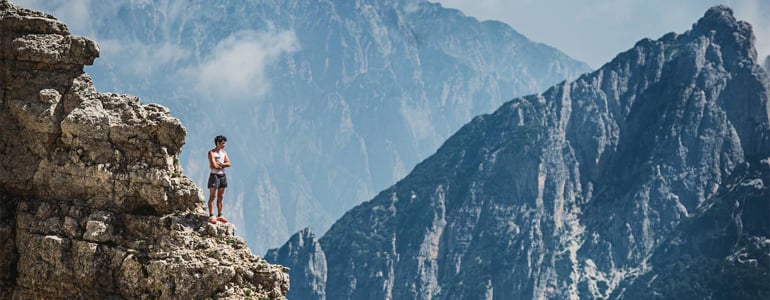
Awards for Kilian Jornet
Kilian Jornet is well known for his superhuman running and mountaineering achievements. From 100 milers to the vertical kilometer, from World Cup ski-mountaineering races to record ascents of alpine peaks, he blazes a trail wherever he goes. But the Suunto ambassador has just been recognized for something else – his writing skills. Kilian's book, Run or Die was shortlisted for the prestigious William Hill Sports Book of the Year literary prize in the UK. “I never expected this – I'm not a writer,” says Kilian. “I just wrote the book to share what I feel when I'm running but it's so nice to be recognized.”
In Run or Die Kilian describes his record-breaking runs at Lake Tahoe, Western States 100, Ultra-Trail du Mont-Blanc, and his record ascent of Kilimanjaro. It's not the only prize the athlete has scooped. Déjame Vivir, the film of his speed ascents on Mt Blanc and the Matterhorn has just won ‘Best Adventure & Exploration Film’ at the 2014 Kendal Mountain Festival. The film, which was made by renowned mountain film-maker Sébastien Montaz, follows Kilian during his Summits of My Life project.“I just had my part in that film but credit goes to all the people like Seb who made a really good job on this film. It's nice, the response of the public when we show the film,” he adds. “They are inspired and motivated and that's the most important thing.”Run or Die is available in English, French, Spanish and Catalan. Go to Kilian's website for more details.
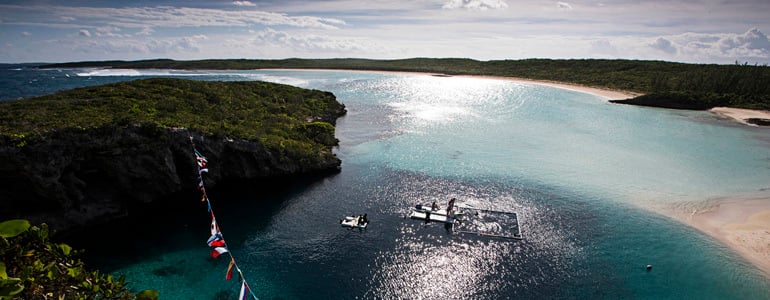
Top freedivers prepare for Suunto Vertical Blue 2014
Freediving is a sport that pushes the limits of human possibility. Divers descend to incredible depths of the ocean – all in a single breath. From November 27th to December 5th, the world’s top freedivers will gather in the Bahamas for one of the largest freediving competitions – the Suunto Vertical Blue. Founded and organized by record-breaking freediver William Trubridge, the invitational competition will see 35 divers from 19 countries compete at Dean’s Blue Hole in the Bahamas. Plunging to a depth of more than 200 meters, Dean’s Blue Hole has a reputation for being one of the greatest freediving locations on the planet. Its deep, warm and calm waters provide freedivers with the perfect environment to attempt to break national and world records, or exceed their own personal bests.
This year, Alexey Molchanov and William Trubridge will renew a rivalry that has intensified over the last couple of years. Between them they hold the current world records in the sport’s most popular depth disciplines. Trubridge is looking to improve on his world record 2010 CNF dive to 101 m. “It's the purest discipline,” he says.As for the ladies, the competition between Misuzu "Mimi" Okamoto and Tomoka Fukuda will be one to watch – they were both on the Japanese national team along with Hanako Rose – who took gold at this year's World Championships in Italy.
Says organizer William Trubridge: “This year's Suunto Vertical Blue promises to be another gripping event. The beauty of the event is that every athlete gets up to six attempts, so they can build up to huge performances and record attempts, or try to consolidate across all three disciplines for the overall prize. This is a recipe for nail-biting finishes and monster performances in the world's best freediving location.”Says Joan Sola, global sports and community marketing manager for Suunto: “We are pleased once again to be a partner of Suunto Vertical Blue, which brings together the world's top freedivers. Whether pushing the boundaries of human possibility or their own potential, it is an amazing festival of freediving. Suunto has worked with William for a number of years and we are proud to support him in his many record-breaking dives.”
We will be updating these pages regularly with the latest news from Dean's Blue Hole. You can also follow live on the official Vertical Blue Facebook page.






































































